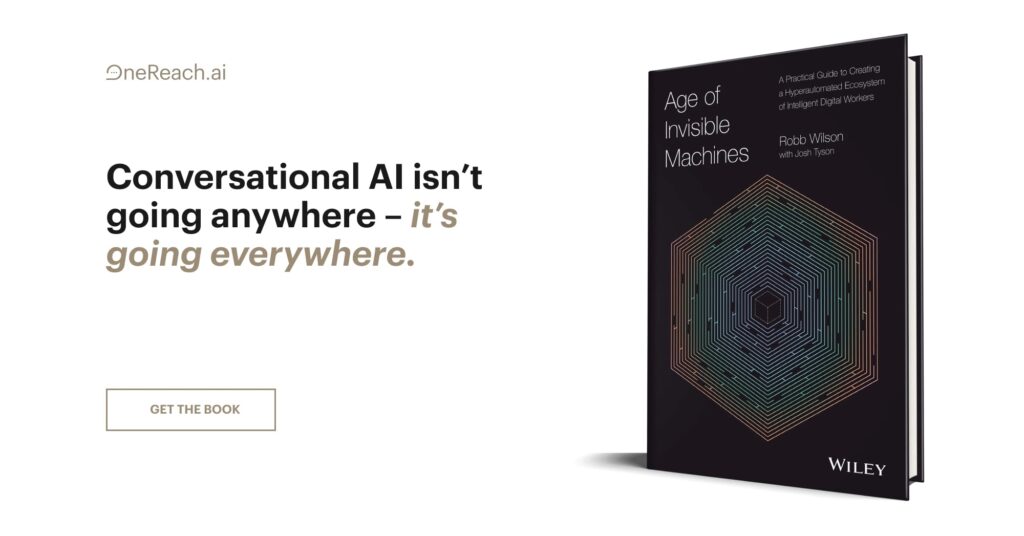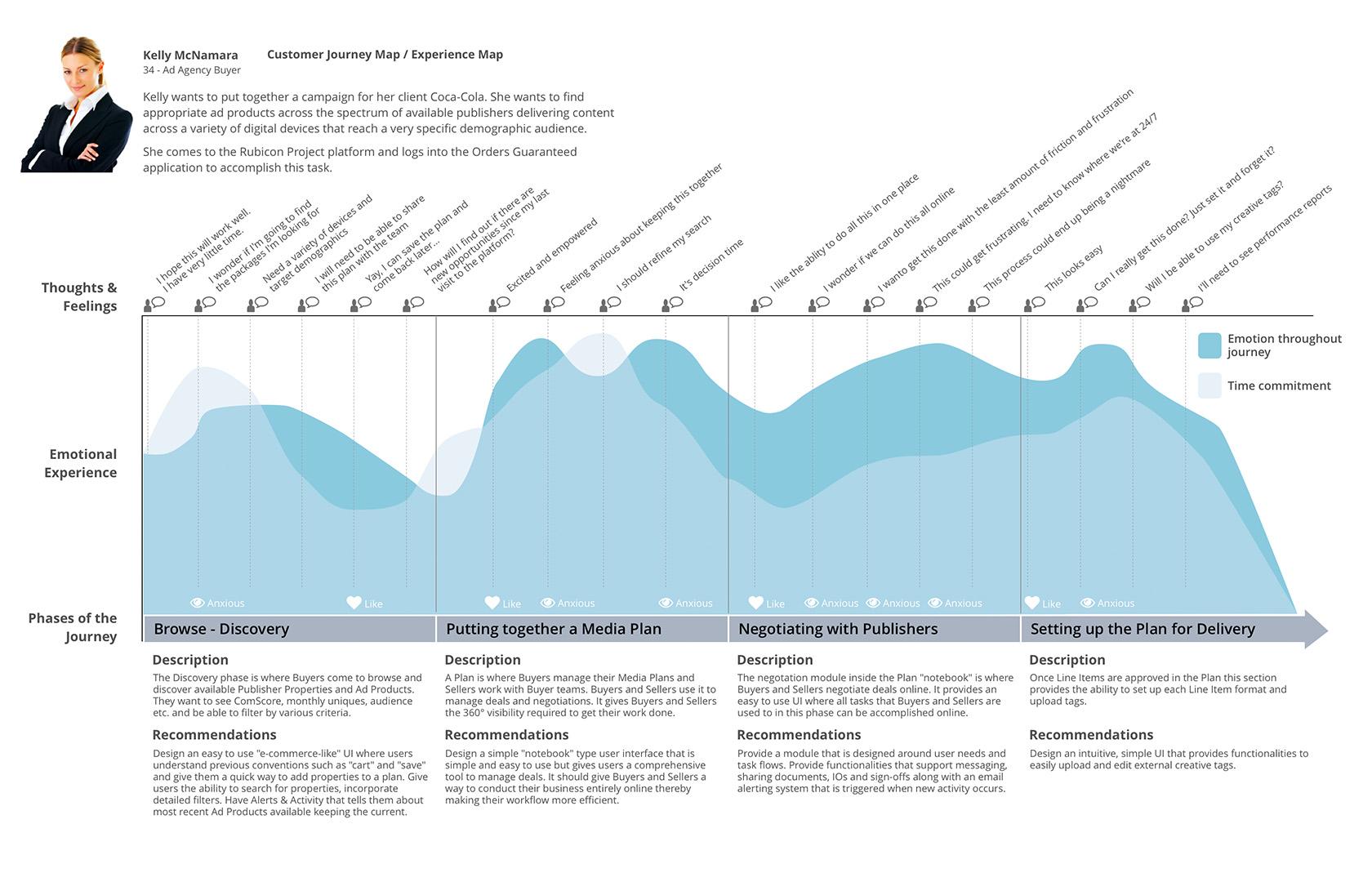One of the hardest things about design is keeping track of the terminology. There are many words to learn, and definitions frequently overlap. But don’t think for a moment that any two terms mean the exact same thing. Distinctions abound. Abbreviations matter.
So it is with user experience and customer experience design, or UX vs. CX. The two disciplines are so closely related, their differences so murky, that they are sometimes used interchangeably.
Originally, the UX umbrella was meant to cover every facet of an individual’s interplay with a company, but our distinctly digital age complicated things. UX is now associated with the quality of interactions between a user and a digital product, and CX design has come to encompass all the other encounters that a person has with a business.
All other encounters—the scope is enormous.
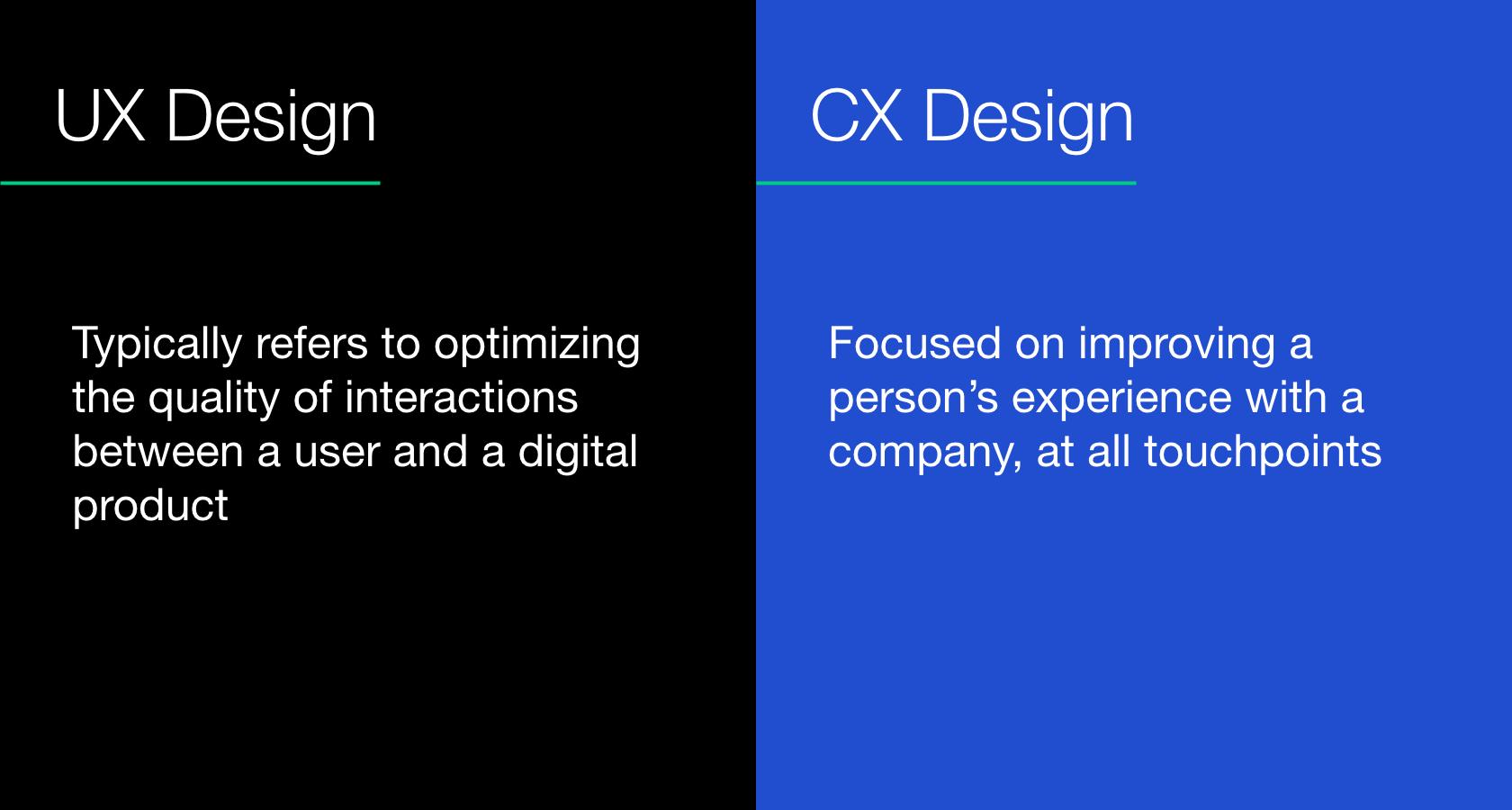
[Image: courtesy Toptal]
Today, UX designers typically focus on a series of goal-driven tasks and the overall quality of interactions; for instance, “How can we improve mobile navigation so people can find things more easily?”
To create cohesive experiences, UX designers must also be aware of the ways in which their work impacts existing features. “Does changing our navigation improve discoverability and speed up our purchasing process (or increase our conversion rates)?”
Zoom in with UX. Zoom out with CX. It’s a natural pairing.
But what about other design disciplines? How do they fit into the CX design equation? More specifically, what impact does brand design have on the customer experience? At the very least, it seems like brand designers ought to be aware of all the ways in which their clients interact with customers.
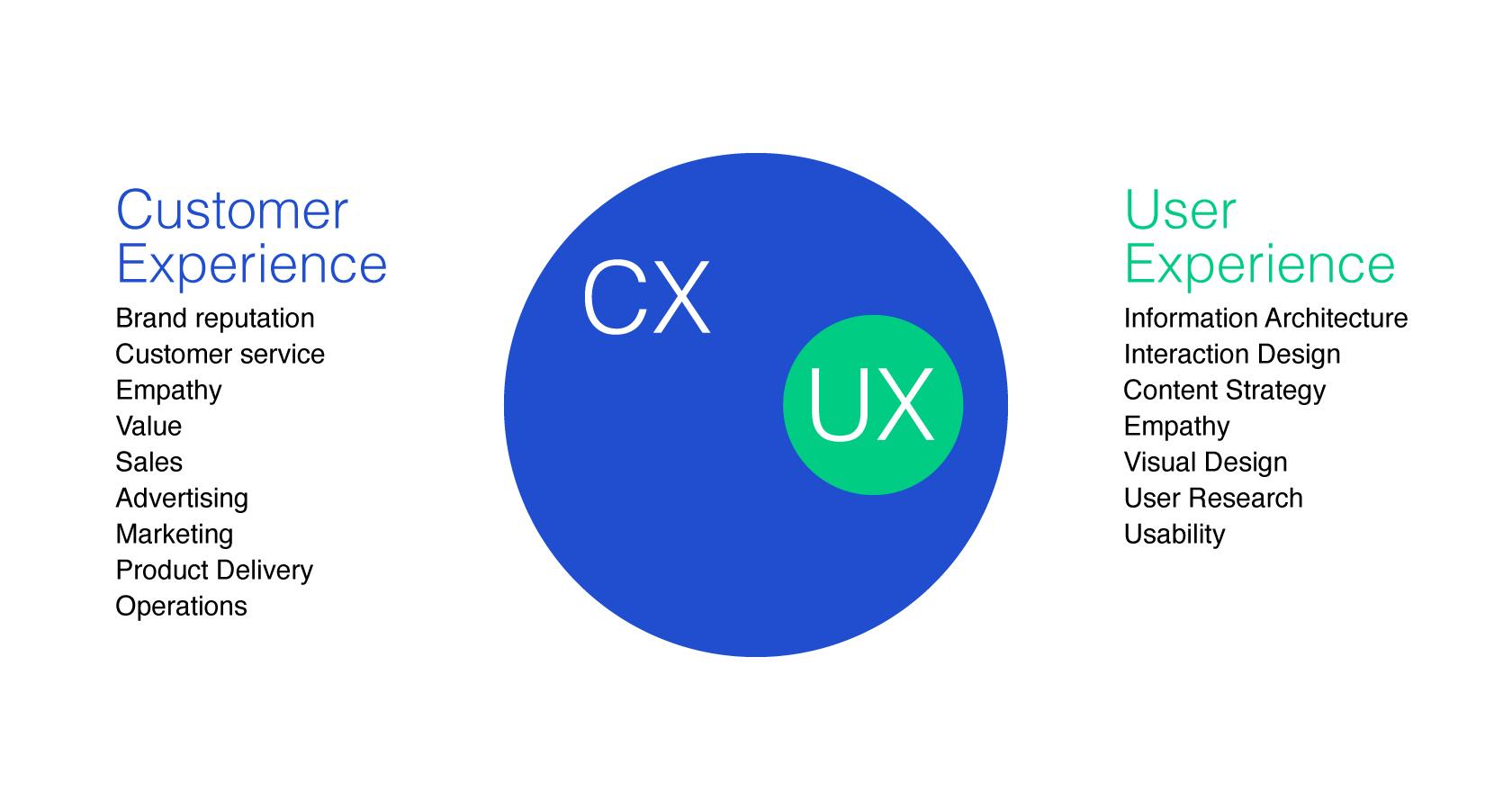
[Image: courtesy Toptal]
Rather than two distinct fields, CX and UX are interrelated.
Avoid a Myopic Brand
Brand designers have an uncanny ability to pinpoint the attributes that make companies special.
- What do they do best?
- How are they different than the competition?
- Why should anyone care?
With these insights in hand, brand designers unify the most essential truths into a promise between company and customer.
This promise, the brand promise, has few words but permeates every aspect of a company’s activities. It names a common goal and inspires everyone involved to move with a shared sense of mission.
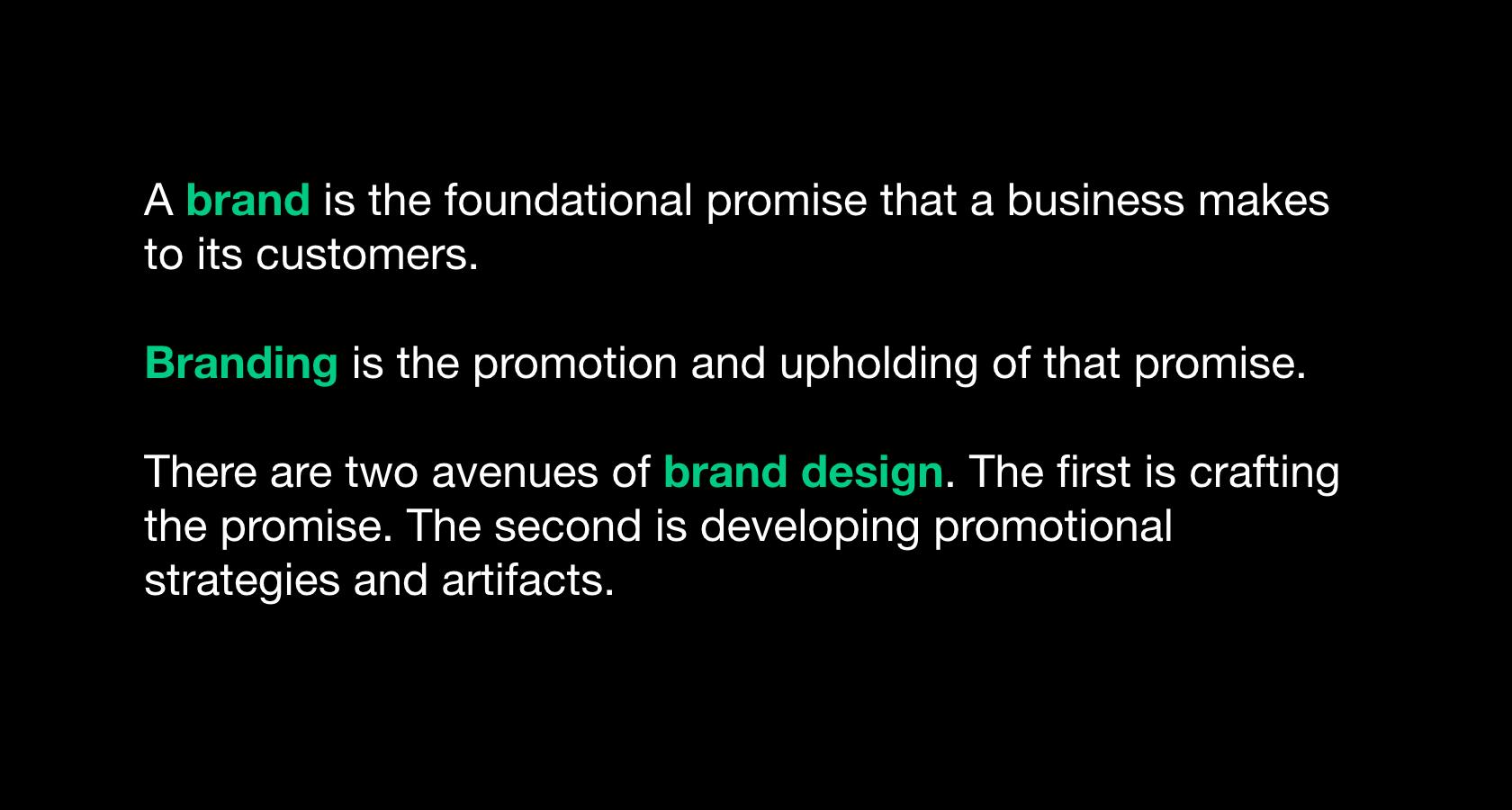
Brand, branding, and brand design each have distinct definitions. [Image: courtesy Toptal]
But, a brand promise can be restrictive—especially when a brand designer doesn’t appreciate the full scope of a company’s touchpoints (a.k.a. any interaction that has the potential to change a customer’s feelings towards a business).
For example, a design team lands a contract with a grocery chain and goes all-in on a strategy that makes digital interactions top priority. They define a compelling brand promise and outline a company-wide mindset that emphasizes high-quality digital tools and content.
Unfortunately, the team doesn’t give the same level of care to the grocer’s brick-and-mortar experience, and they fail to develop a plan to infuse in-store interactions with the updated brand sentiments. A crucial aspect of CX design and customer engagement has been ignored.
With time, customers grow frustrated because the glossy rebrand they encounter online doesn’t translate to the real world. In-person interactions with the grocery chain didn’t become markedly worse, but they feel slow and dated in contrast to the lofty expectations set by the rebrand.
CX Apathy Causes Irrelevant Brand Collateral
Visual identity design builds on brand design. A brand promise is the foundation, brand values are the frame, and the elements within a visual identity are the fixtures and finishing touches. They embody the most important aspects of the brand in visual form and serve as aesthetic benchmarks for a host of promotional collateral.
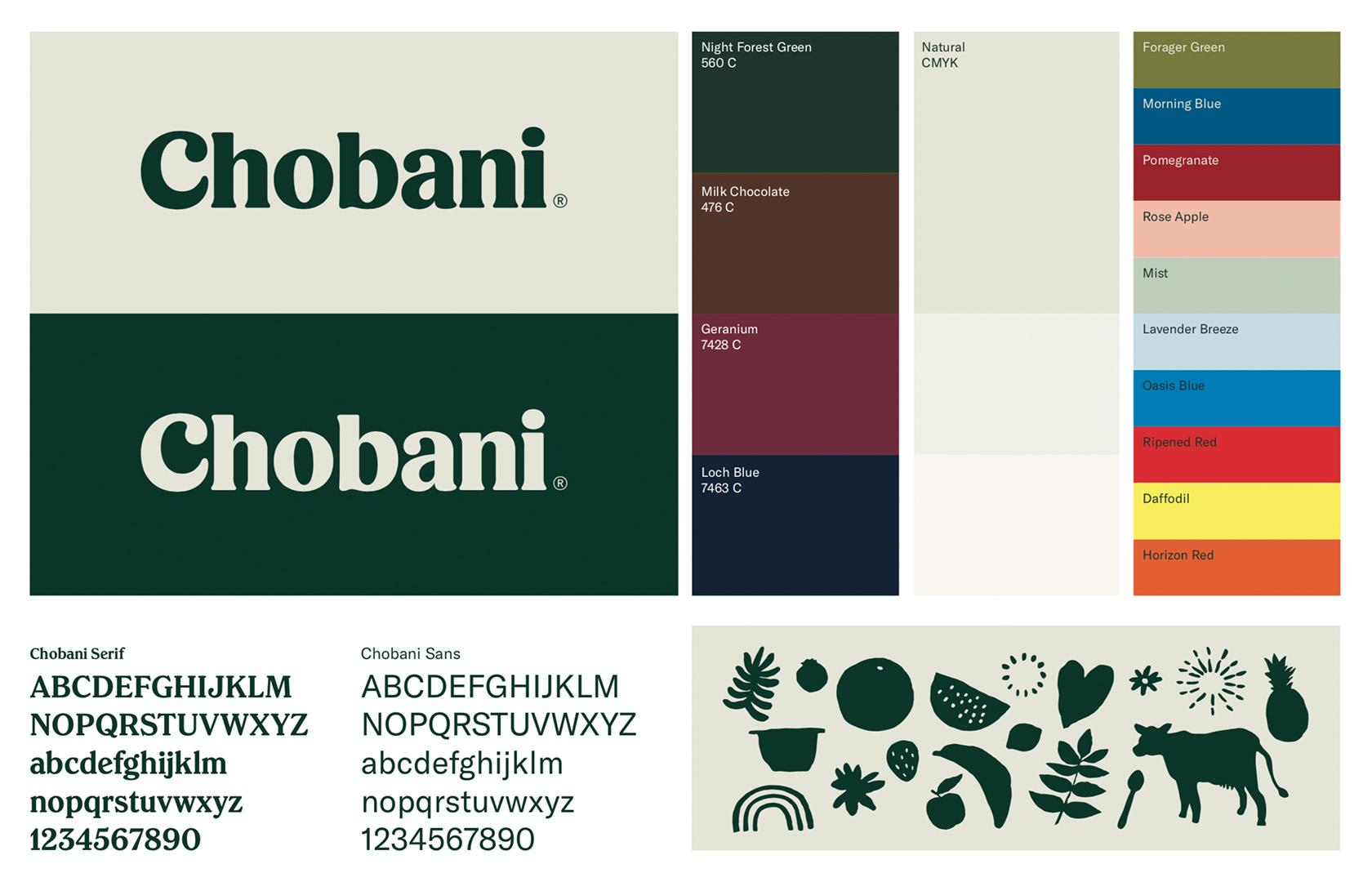
Chobani’s visual identity was designed so that the brand, despite being a household name, would be perceived as a small, humble, craft company (like its early days). [Image: courtesy Toptal]
To create an effective visual identity, it’s crucial that a brand designer have big-picture knowledge of a company’s customer journey—all the ways customers interact with the company and perform tasks over time. Why is this so important?
Designing promotional collateral for brand channels isn’t like creating a responsive interface for different screen sizes. It’s not enough to recycle and resize the same design elements over and over. Every channel has unique constraints and content demands.
Time, scale, distance, environmental distractions, and user expectations are just a few factors that come into play. It’s not necessarily the brand designer’s job to create promotional collateral, but it is their job to design a visual identity that is adaptable to multiple scenarios.
Let’s expand on our example from earlier—the brand team that goes all-in on digital.
While building out the grocery chain’s visual identity, the brand team decides to outline a set of photography guidelines that will give the grocer a more intimate and human feel. The intentions of the team are good: They want to cultivate a more relatable web and social presence by showing happy people enjoying the grocer’s goods.
But the human-centric photos don’t account for the chain’s past success promoting products out of home—where ads must be interpreted in the blink of an eye. When a new set of billboards, bus wraps, and kiosks are designed following the brand team’s guidelines, they are visually attractive, but the photos of smiling people don’t fully communicate the deals the grocer is offering. The ads fail to grab the attention of motorists and pedestrians, and the campaign fizzles.

Engaging customers moving at high speeds is a different challenge than communicating with them through a handheld device. [Image: courtesy Toptal]
Brand Designer Keys to Omni-channel Awareness
Brand Channels Are Unique and Evolving
Every channel that a company uses to communicate with customers has its own idiosyncrasies. What works on one channel isn’t guaranteed to work on another.
Some channels are structured for highly personalized interactions—others less so. One channel may be geared toward in-depth videos while another is known for short audio clips.
Channels aren’t static either. Features, popularity, and demographics are always in flux. Just when everyone thinks they have a handle on “where users are spending their time,” a new channel emerges and disrupts everything.
The paradigm can’t be controlled. Flexibility is paramount.
There’s no way to dominate every channel. Fit is crucial.
Consistency Is the Lifeblood of Engagement
Engagement measures a customer’s feeling of relationship with a product or company. Feelings and relationships may be fickle, but they thrive on consistency.
The takeaway for brand designers? Consistency encompasses more than visual design decisions like logo placement and color use. Every touchpoint makes an impression. Every interaction impacts perception. No part of the customer’s journey is inconsequential or dismissable.
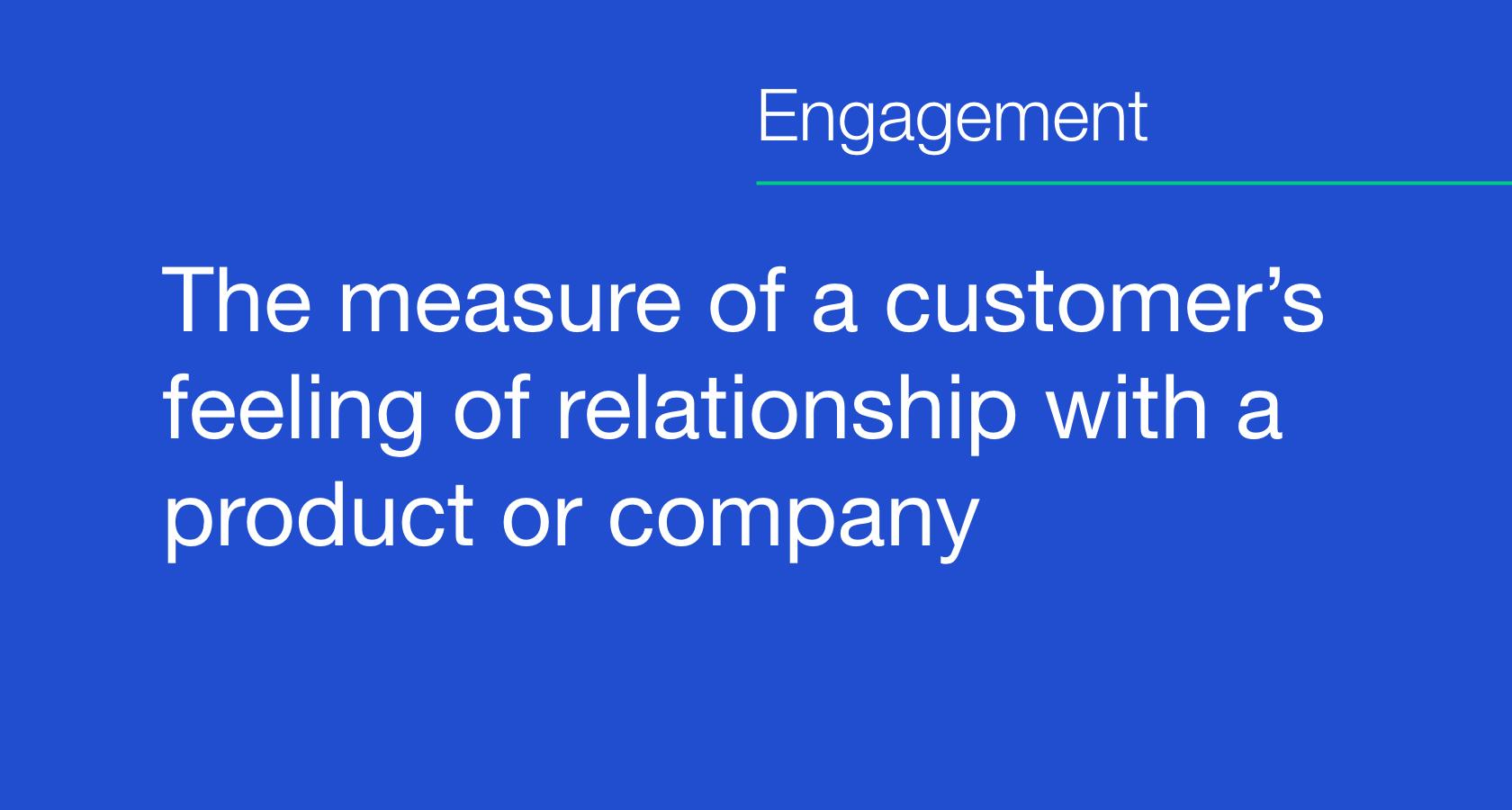
[Image: courtesy Toptal]
The Customer Experience Is Interconnected
Customer experience design is a web of interconnected interactions. Touchpoints don’t exist independently of one another. They’re all part of the same story, all linked to a brand’s core promise.
A purchasing experience on mobile doesn’t end. It extends into unboxing, setup, and regular use. It continues through ad campaigns and customer support. It endures on social media. Finally, it breathes new life with the choice to make, or not make, another purchase.
Customer journey maps tell the story of how a customer interacts with a business over the course of time. [Image: courtesy Toptal]
CX Strengthens Brand Relevance
Branding is dead? Hardly. It’s stronger than ever, but that doesn’t change the fact that a crummy interaction completely undermines even the most inspiring brand promise. Can brand designers control what happens at every touchpoint? No, but they can design brands that are disconnected from reality—brands that make big promises but don’t deliver when it counts. When such a disconnect exists, customers tend to look elsewhere.
Branding isn’t dead, but the days of crafting brands without incorporating a CX design mindset are drawing to a close.
This article was originally published on the Toptal Design Blog.


